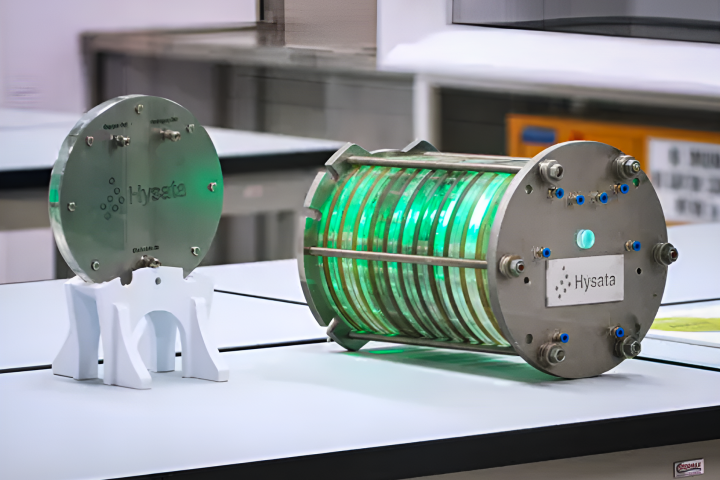As downsizing has emerged as one of the best ways to meet tightening emissions rules, Ford has dived in headlong with its range of EcoBoost engines. The small turbo engines feature in everything from Fiesta to F-150, returning small-engine fuel efficiency with big-engine power outputs. Now, the smallest EcoBoost engine is getting smaller – albeit for brief periods of time – thanks to cylinder deactivation.
Before we get into the new three-cylinder Ford engine, it's worth noting cylinder deactivation isn't exactly new tech. It was first tried back in 1981, but early systems were unreliable and (in some cases) caused more problems than they solved. It took until 2004 for the technology to become commonplace, finding its way into a huge range of cars, from family sedans to ultra-exclusive British limousines.
It hasn't, however, found its way into a three-cylinder engine until now. When the engine is running under light loads, the system cuts out a cylinder, turning it into a hyper-efficient two-cylinder on motorways. Activation takes just 40 milliseconds, and the system can kick in at engine speeds up to 4,500 rpm.
In such a small engine, space is always at a premium, so Ford has fitted a new single-piece camshaft to make room for the extra oil channels and valve shifting components needed to make cylinder deactivation work. A new camshaft chain and valve rockers have also been fitted to handle the mechanical strain associated with cylinder deactivation.
Ford has put some effort into making sure the engine doesn't become buzzy and unrefined when it's running on two cylinders. Along with a dual-mass flywheel, a vibration-damping clutch disc has been fitted to cut down on awkward sensations from the engine bay, and the intake and exhaust valves on the deactivated cylinder are closed for better balance across the whole engine.
"With the variable capacity delivered by cylinder deactivation, drivers get the power and performance of the whole engine when they need it, and the enhanced fuel efficiency of a smaller engine when they don't," says Denis Gorman, powertrain engineer, Ford Europe. "Our research shows that in most driving scenarios the system will be active for just a few seconds at a time, making fast and seamless operation crucial, and has the potential to improve fuel efficiency by up to 6 per cent."
The 1.0-liter EcoBoost with cylinder deactivation will be offered from 2018.
Source: Ford




